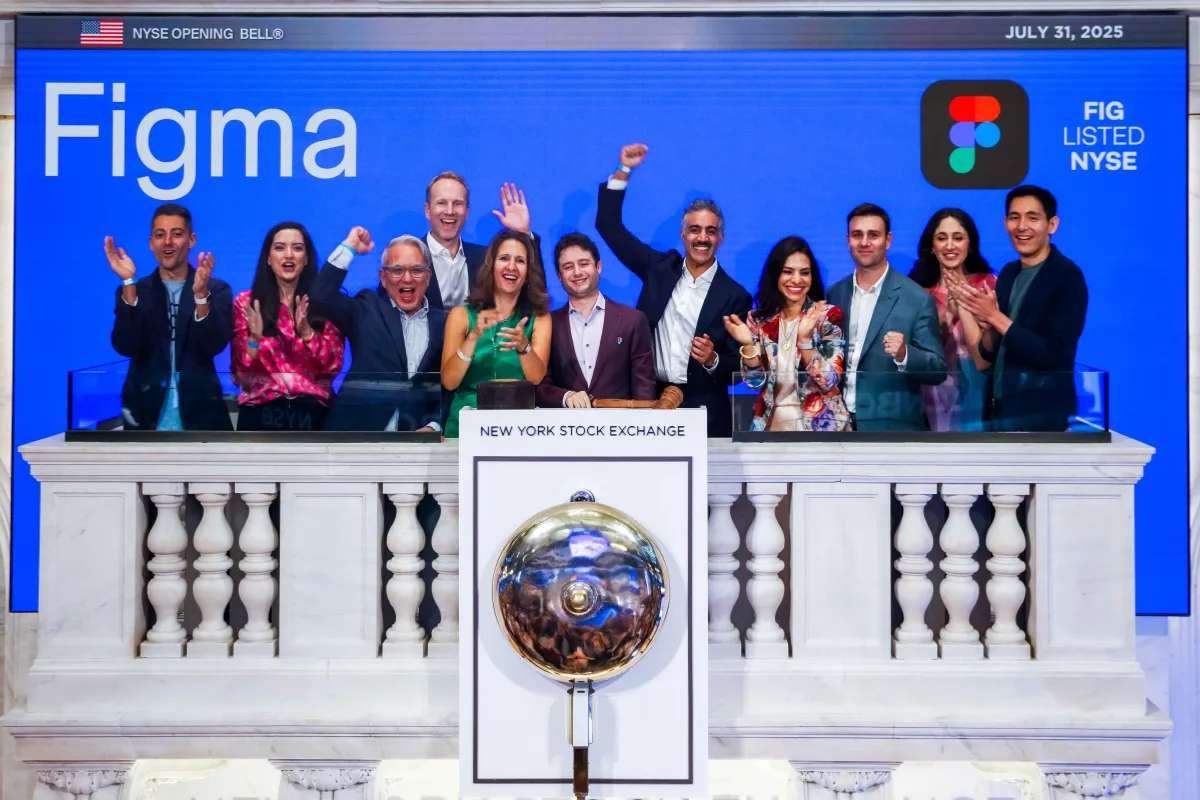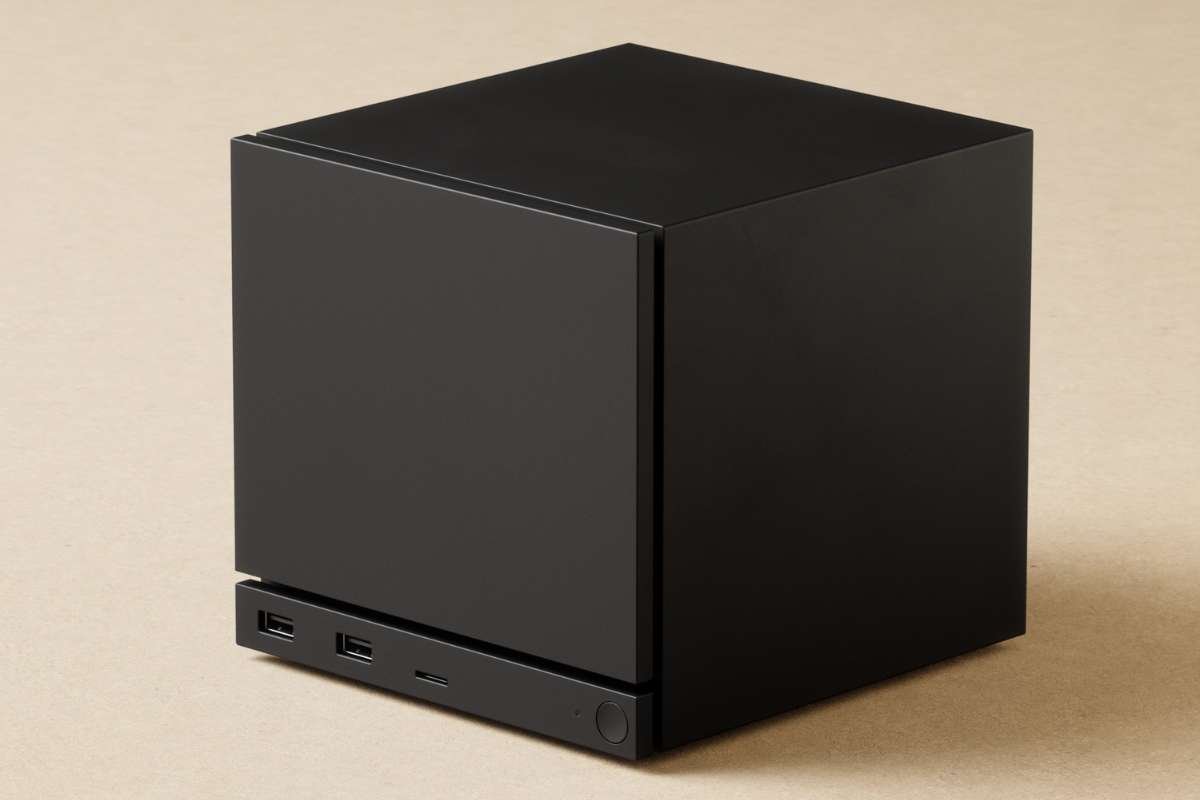Key Points:
- Figma’s IPO surged 158%, raising $1.2 billion and valuing the company at $16 billion.
- CEO Dylan Field’s vision and leadership fueled Figma’s growth into a design industry powerhouse.
- The IPO is seen as a turning point in reviving investor confidence in tech after a prolonged downturn.
Figma’s IPO on July 31, 2025, marked a stunning performance by the browser-based collaborative design platform. Shares skyrocketed 158% on debut, opening at $66 after being priced at $25, and ending the day at $64.50. The listing, under the ticker symbol “FIG” on the New York Stock Exchange, raised $1.2 billion and valued the company at nearly $16 billion by market close.
Figma’s IPO blockbuster debut is being hailed as a watershed moment for the tech IPO landscape, which has remained subdued since the 2022 downturn. The offering not only exceeded market expectations but also signaled a revival of investor confidence in high-growth software firms. With 2024 revenue nearing $400 million and only modest losses, Figma stood out as a rare blend of innovation and financial discipline—qualities investors eagerly embraced.
Dylan Field and Figma’s Product-Led Ascent
Figma’s meteoric rise is inseparable from the vision of its CEO and co-founder, Dylan Field. At just 32, Field now holds a personal fortune estimated at $6 billion, placing him among Silicon Valley’s youngest self-made billionaires. His commitment to accessible, cloud-native design tools helped transform Figma from a startup in 2012 into the industry’s go-to platform for collaborative digital creation.
Used by industry leaders like Microsoft, Uber, and Airbnb, Figma’s core strength lies in its ability to unify designers, developers, and stakeholders on a single, real-time interface. The platform’s emphasis on live collaboration, intuitive design systems, and browser-first architecture made it a category-defining tool—especially for remote-first workflows.
After the U.S. government blocked Adobe’s attempted $20 billion acquisition of Figma in 2022 over antitrust concerns, the company doubled down on product innovation. It has since expanded into adjacent areas like digital whiteboarding and code handoff tools, cementing its position as more than just a design software provider—Figma is now an integral part of the modern product development stack.
Market Ripples and the Road Ahead
Figma’s IPO success story is sending strong signals across Silicon Valley and Wall Street. The IPO has delivered substantial windfalls for backers like Index Ventures, Greylock, and Sequoia, and is expected to reignite interest in tech public offerings. Experts believe this could be the spark needed for long-delayed IPOs from major players such as Stripe, Canva, and Databricks.
Still, with public scrutiny now in play, Figma’s IPO will need to sustain its growth in an increasingly crowded market. The company’s future will hinge on expanding its feature set, entering new markets, and maintaining its dominance in collaborative design amid competition from both startups and legacy giants.
As the dust settles on one of the most celebrated tech IPOs in years, Figma’s listing stands as more than a financial triumph—it marks a shift in how the tech world values design, collaboration, and user-centric innovation.


















